Film Photography Guide
Film format (35mm, medium format, etc.)
The film format determines the size of the images you can capture and the level of detail and quality you can achieve. The most common film formats include 35mm, medium format, and large format.
If you are looking for a compact and versatile film format, the Canon AE-1 Program is a popular choice among photographers. It uses 35mm film and offers a wide range of lenses and accessories for creative control. Those looking for a square format with exceptional detail should consider medium format film cameras like the Hasselblad 500CM. With a larger negative size of 6x6 cm, it allows for stunning image quality and resolution. On the other hand, if you are seeking unparalleled detail and tonal range for professional photography, large format film cameras like the Toyo-View 45CF are worth considering. These cameras offer the largest negative size, such as 4x5 inches, allowing for meticulous detail and flexibility in image manipulation.
ISO range
The ISO range determines the film's sensitivity to light, allowing you to capture images in different lighting conditions. A wider ISO range offers more flexibility, enabling you to shoot in low-light situations or capture fast-moving subjects without sacrificing image quality.
In the market today, you can find film photography with various ISO ranges to suit different needs. For low-light photography and capturing fine details, films like the Kodak Portra 800 and Ilford Delta 3200 are highly recommended. These films have a higher ISO range, allowing for vibrant colors and reduced graininess in challenging lighting conditions. If you're looking for versatility, films like the Fujifilm Superia X-tra 400 and Kodak Tri-X 400 offer a balanced ISO range suitable for a wide range of lighting scenarios, from bright sunlight to indoor settings. For landscape photography and capturing intricate details, lower ISO range films like the Kodak Ektar 100 and Fujichrome Velvia 50 deliver stunning image quality and vibrant colors.
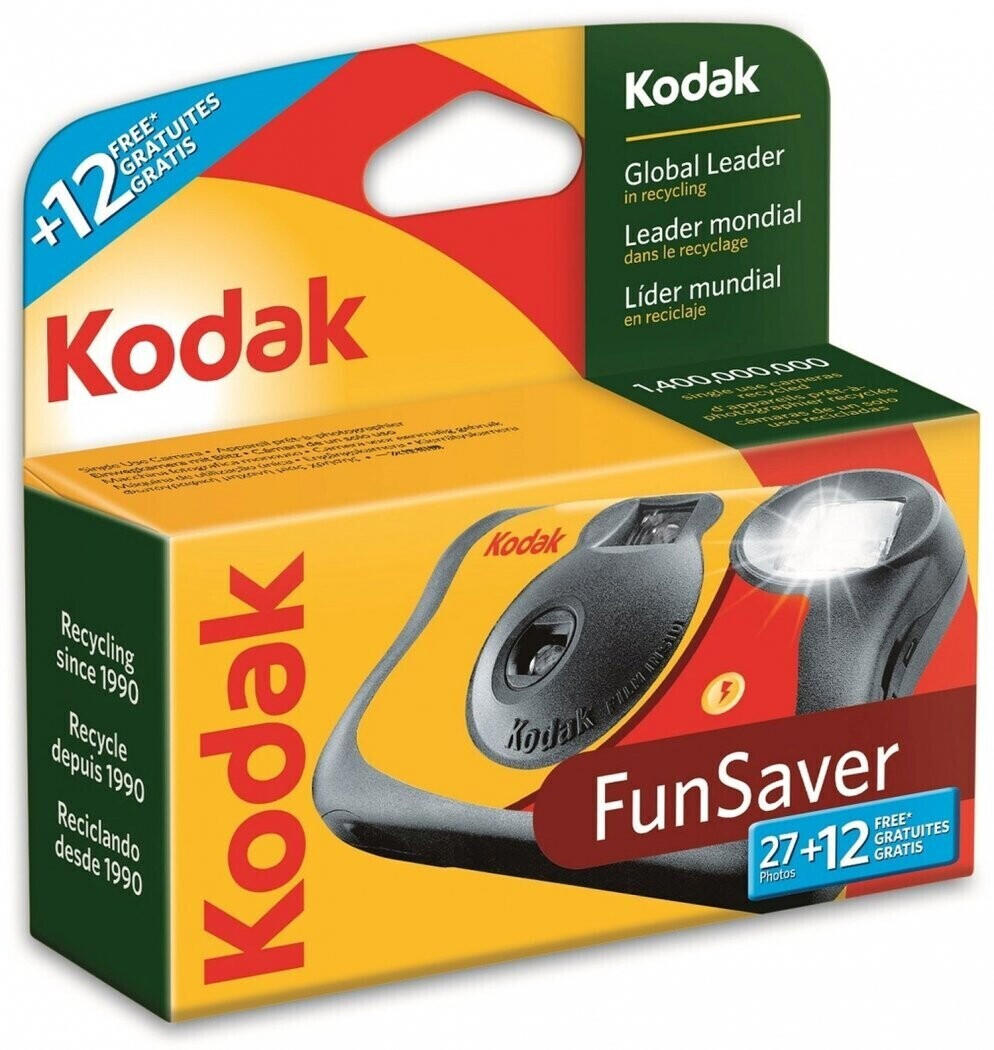
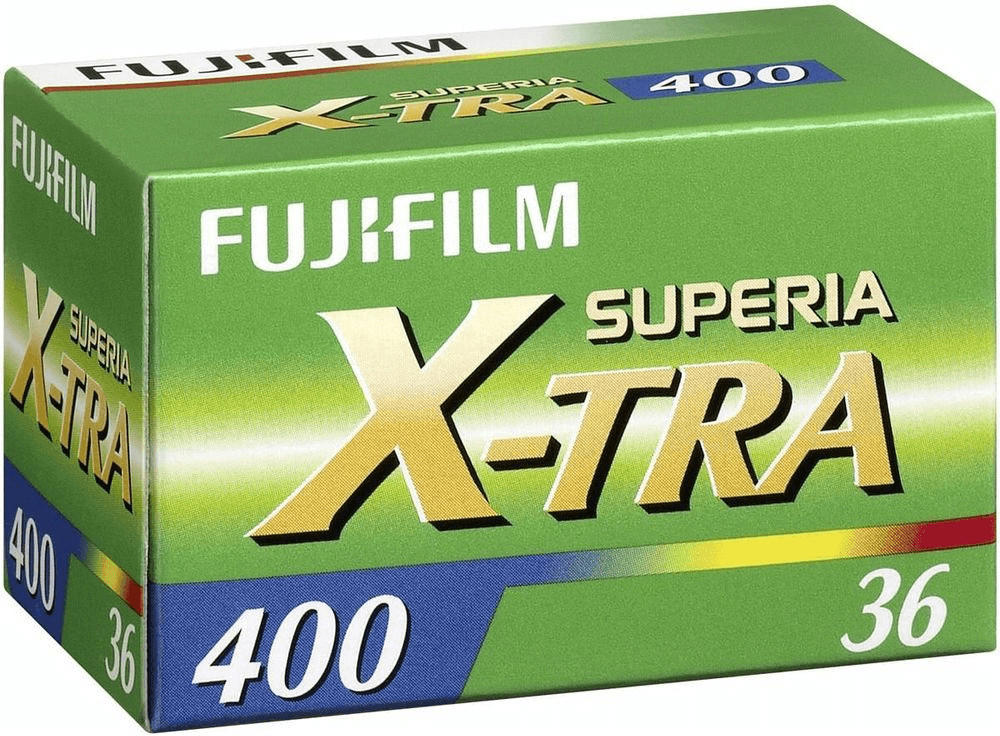
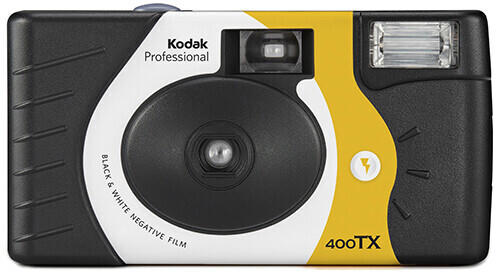
Number of exposures
Different films offer varying numbers of shots per roll, which factor into your shooting experience and needs. Some films, such as the Kodak Tri-X 400 Black and White Film, offer a standard 36 exposures per roll, allowing for a generous amount of shots before needing to change rolls. On the other hand, films like Kodak Portra 160 Color Negative Film offer a slightly lower number of exposures, typically around 24 per roll. This allows for a more selective shooting approach and is often favored by photographers who take their time and carefully plan each shot. However, numerous films on the market fall within these two categories, with varying numbers of exposures to suit different shooting preferences and purposes.
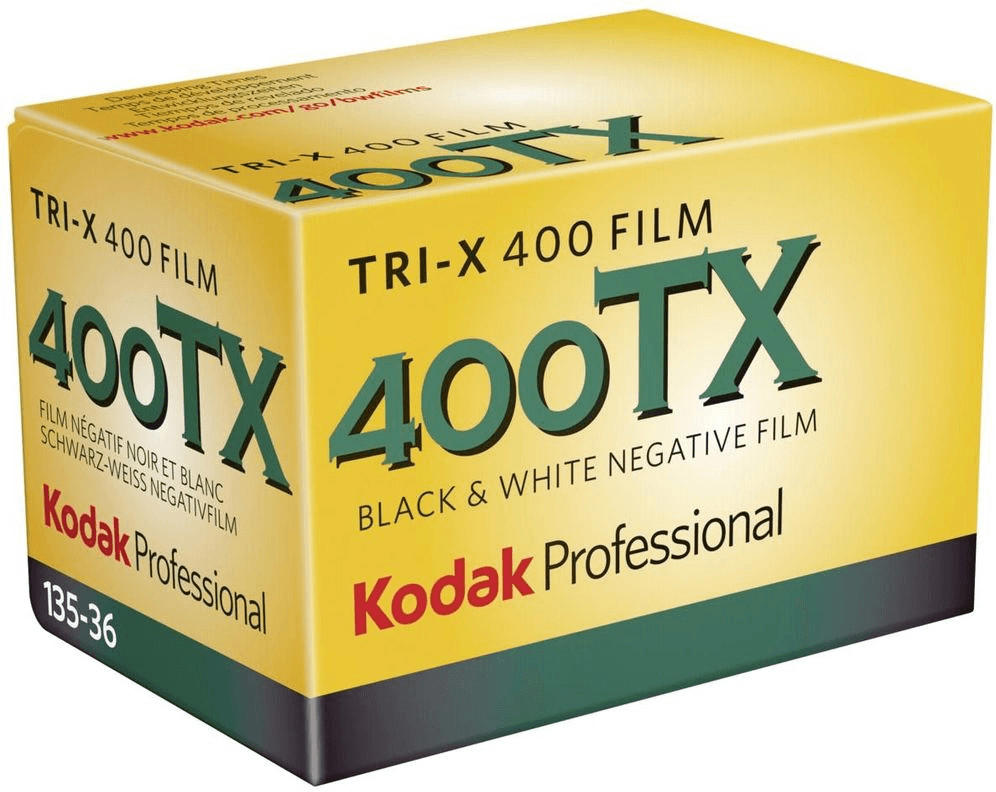
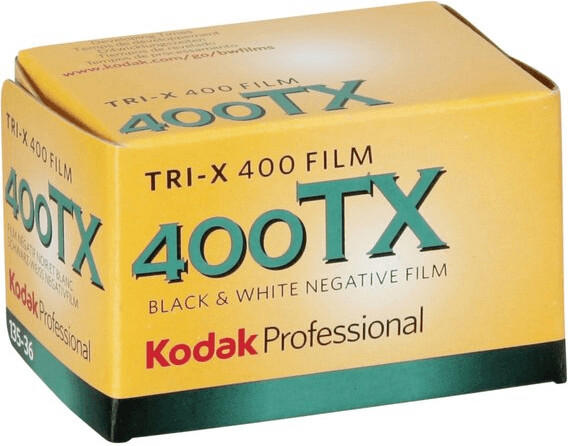
Film type (color, black and white)
Color film is perfect for capturing vibrant, true-to-life colors, making it ideal for landscapes, portraits, and everyday situations. A popular and highly recommended color film is the Fujifilm Fujicolor Pro 400H. It provides excellent skin tones, sharpness, and a wide dynamic range.
On the other hand, black and white film offers a timeless, classic aesthetic, emphasizing contrast, tones, and textures. For those seeking an iconic black and white look, the Ilford HP5 Plus is a great choice. This film has a high ISO rating of 400, allowing it to perform well in low-light situations while still delivering stunning images with rich details and deep blacks.
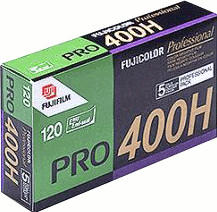
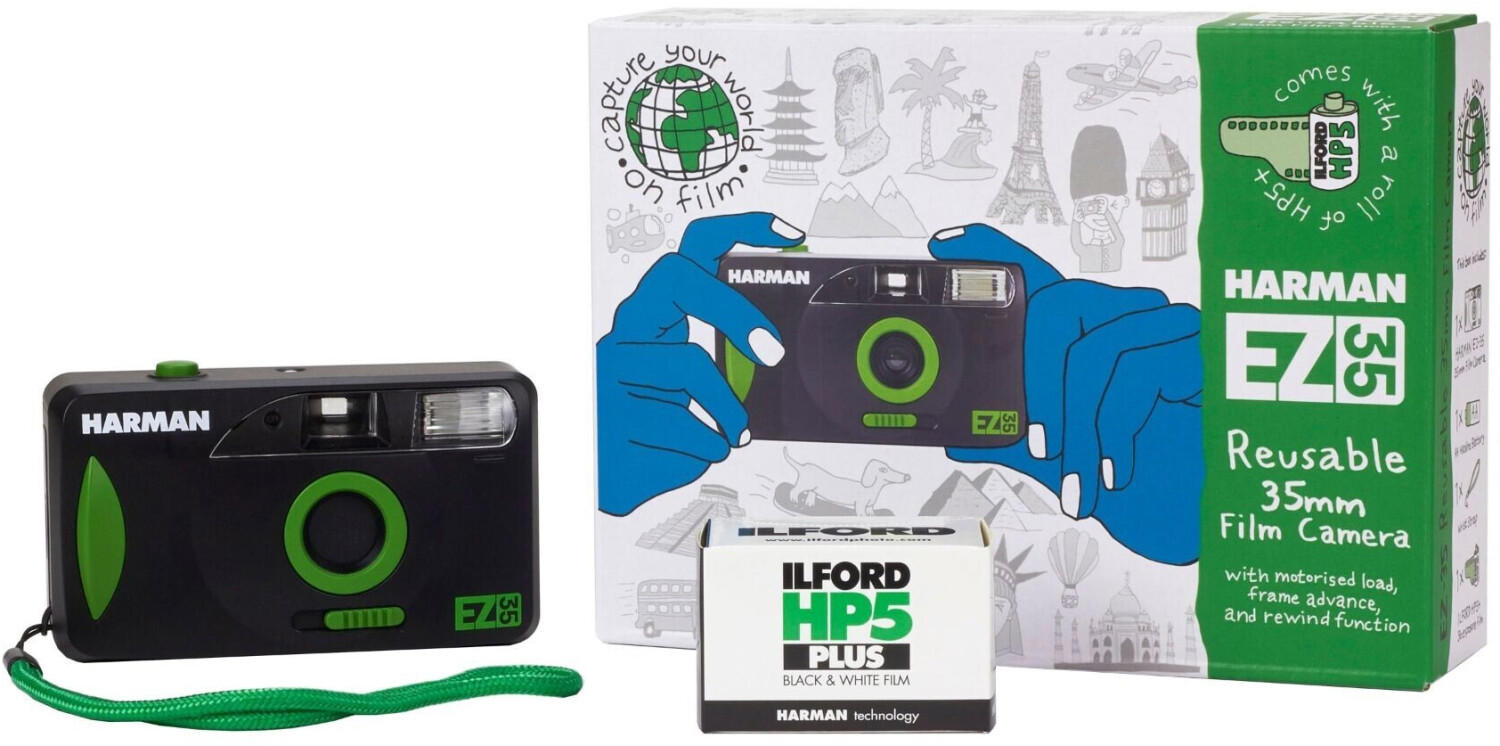
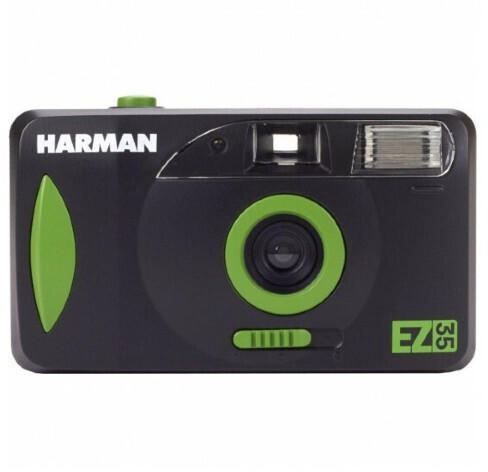
Both color and black and white films come in various formats, such as 35mm and medium format. Some other noteworthy options include Kodak Portra 400 for color film and Ilford Delta 3200 for black and white film, catering to specific preferences and shooting conditions. Remember to consider the film type carefully to achieve the desired visual impact and uniqueness in your film photography.
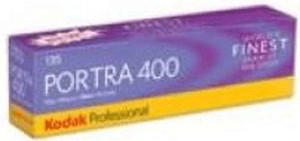
Grain structure
Grain refers to the visible, often textured patterns that appear in a photograph. Whether you prefer a fine-grained appearance or a more pronounced and gritty effect, there are several film options on the market to meet your needs.
If you are seeking a fine grain structure, look for films with a low ISO rating such as the Kodak Professional T-MAX 100. This film produces incredibly sharp and detailed images that are perfect for landscape or portrait photography. Another option is the Ilford Delta 100 Professional, known for its smooth tonal range and fine grain control.
On the other hand, if you enjoy the character and charm of larger grain particles, higher ISO films offer a more pronounced effect. For example, the Kodak Professional Tri-X 400 is a versatile black and white film known for its classic grain structure and wide exposure latitude. For color photography, the Fuji Superia X-TRA 800 provides a significant grainier look, offering a distinctive and nostalgic feel to your images. Remember to always consider the desired grain structure when selecting the appropriate film for your artistic vision.


Resolution
Resolution
When looking for the best and right film photography, one crucial factor to consider is resolution. Resolution refers to the level of detail that a camera can capture. It is typically measured in megapixels (MP) or lines per millimeter (LP/mm). Higher resolution cameras produce sharper and more detailed images, making them ideal for photographers who value intricate details and fine textures.
For those seeking a film camera with exceptional resolution, the Nikon F6 is a standout option. This professional-level 35mm film camera boasts a maximum resolution of 10.3 MP, allowing for stunningly sharp and defined images. Another impressive choice is the Hasselblad X1D II 50C, a medium format digital camera that offers a whopping 51.3 MP of resolution, enabling photographers to capture even the finest details in their shots.
In terms of segmentation, there are various groups within film photography that cater to different photographers' needs. For enthusiasts seeking a balance between resolution and affordability, the Canon AE-1 and Nikon FM2 come highly recommended. These popular 35mm film cameras offer resolutions of 0.97 MP and 2.8 MP, respectively, allowing users to capture high-quality images without breaking the bank.
Dynamic range
When searching for the best film camera, one crucial factor to consider is the dynamic range, which refers to the ability of a camera to capture a wide range of tones from the darkest shadows to the brightest highlights. A camera with a high dynamic range will offer more flexible exposure options and allow for detailed, well-balanced images. Several film cameras excel in this aspect, such as the Nikon F6, a professional-grade 35mm film camera that boasts an exceptional 9.5 stops of dynamic range. This camera's advanced metering system enables precise exposure control and accurate rendition of highlight and shadow details. Another noteworthy option is the Fujifilm GFX 50S, a medium format film camera known for its exceptional dynamic range of up to 14 stops. With its large sensor, this camera captures stunning levels of detail and tonal range for impressive image fidelity.
Exposure latitude
It refers to the film's ability to capture details across a wide range of light conditions. Films with a higher exposure latitude will have greater flexibility in handling both overexposed and underexposed shots, allowing you to achieve better results even in challenging lighting situations.
An excellent example of a film with a wide exposure latitude is the Kodak Portra 400 film. With its nominal speed of ISO 400, this film provides impressive latitude in terms of both shadow and highlight regions. It offers rich colors, fine grain, and exquisite sharpness, making it ideal for various applications and lighting environments. Another option is the Ilford HP5 Plus black and white film. This film ensures remarkable exposure latitude, allowing photographers to capture a wide tonal range and preserve highlighting details. It boasts an incredible ISO rating of 400, providing immense versatility for different shooting conditions.



Color reproduction
Different types of film will produce varying results in terms of color accuracy, vibrancy, and saturation. For enthusiasts looking for highly accurate and lifelike color reproduction, professional-grade films like Fujifilm Pro 400H and Kodak Portra 400 excel in this aspect. These films are known for their excellent color rendition, producing natural skin tones and pleasing saturation levels. They have fine grain structures, resulting in crisp and detailed images.
If you're interested in capturing vibrant and vivid colors, films like Fujichrome Velvia 50 and Kodak Ektar 100 are ideal choices. These slide films have a higher saturation level, allowing for striking and intensely saturated colors. Velvia 50 is particularly known for its richly saturated greens and blues, making it perfect for landscapes and nature photography. On the other hand, Ektar 100 provides vibrant and accurate colors with enhanced sharpness, making it suitable for a wide range of subjects. For those seeking vintage aesthetics, there are also films like Kodak Gold 200 and Agfa Vista Plus 200 that offer warm and nostalgic color reproduction.

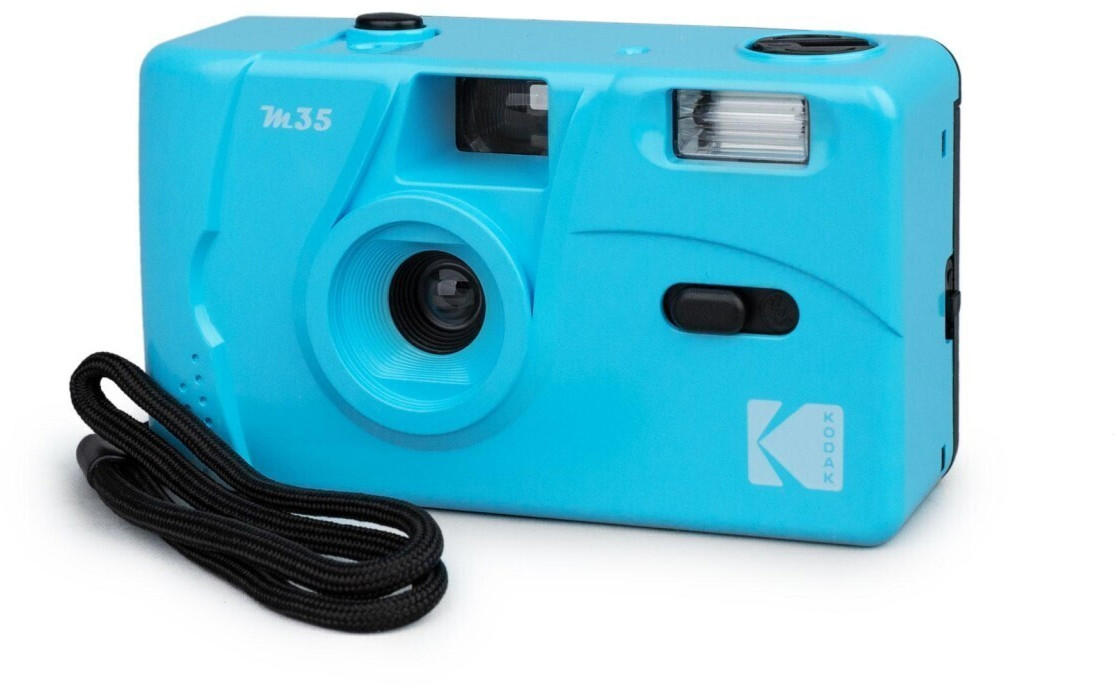
Contrast
Contrast refers to the difference in brightness between the lightest and darkest areas of a photograph. It can greatly affect the overall mood, depth, and visual impact of the image. For photographers who desire high contrast, films like the Kodak T-MAX 400 can be a great choice. With its fine grain structure and ability to retain detail in both highlights and shadows, this film is ideal for capturing subjects with a wide tonal range. Another option is the Ilford HP5 Plus, which offers excellent contrast and sharpness for a wide range of lighting conditions, making it a versatile film for various genres of photography. For those seeking a more vintage look, films such as the Kodak Tri-X 400 provide a classic aesthetic, with deep blacks and punchy whites that create a dramatic contrast, perfect for street and portrait photography. Overall, consider your desired contrast level and the lighting conditions you will be shooting in when selecting the best film for your photography needs.


Sharpness
Sharpness refers to the level of detail and clarity captured by the camera's lens and film combination. If you're looking for excellent sharpness, it is recommended to consider cameras with high-quality lenses. For example, the Nikon F6 SLR Film Camera is highly regarded for its exceptional sharpness. It boasts an autofocus system with 11 focus points, ensuring precise focusing even in challenging lighting conditions. Additionally, it offers a FX-format film image sensor, resulting in remarkable details and sharpness.
There are also medium format cameras that excel in sharpness. The Hasselblad 500C/M Medium Format Film Camera is renowned for its exceptional image quality and sharpness. It features a Carl Zeiss Planar 80mm f/2.8 lens, offering outstanding fine detail rendition. This camera utilizes a larger film negative, enhancing the level of clarity and sharpness in the produced images.
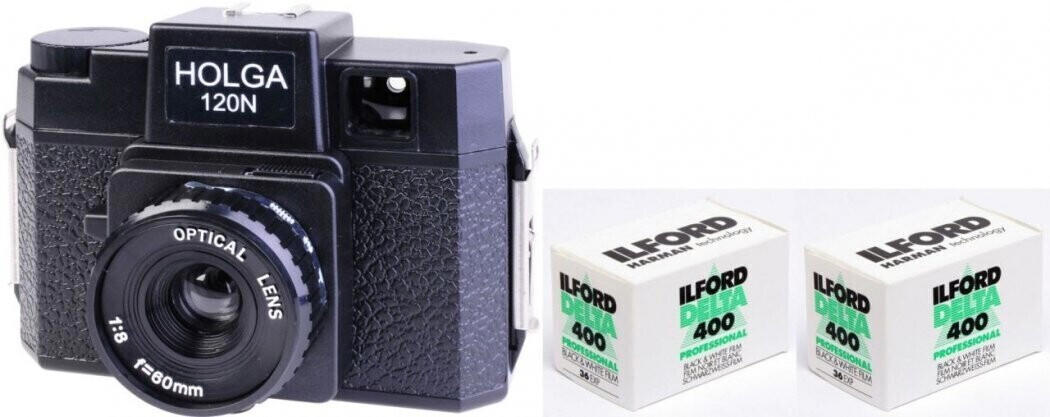
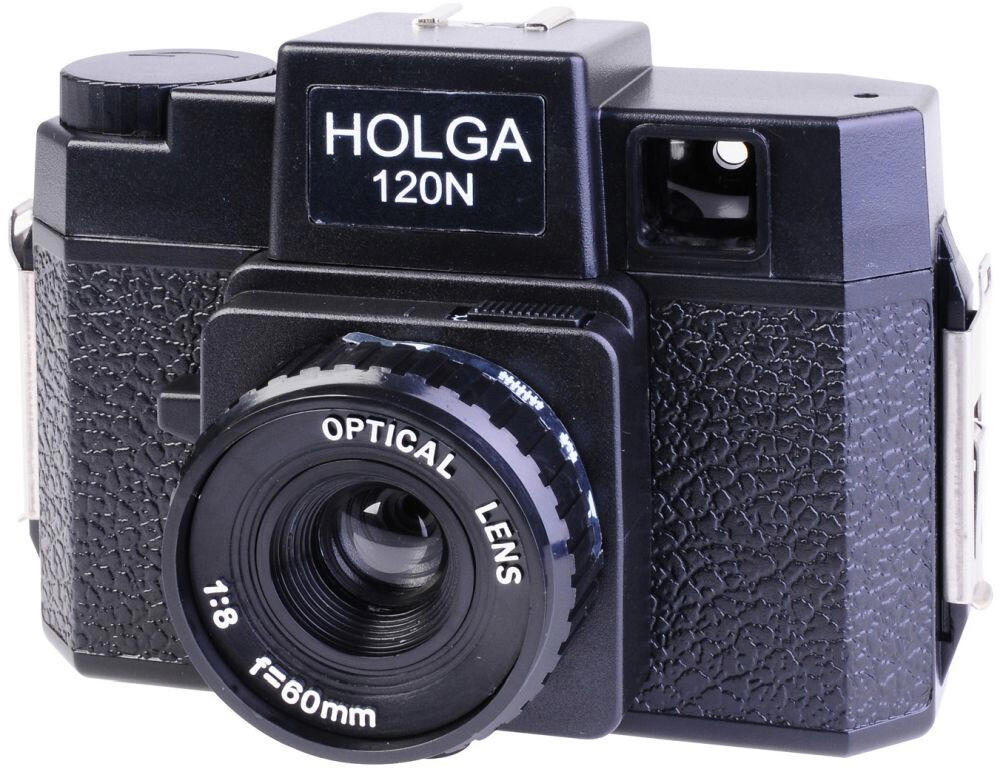
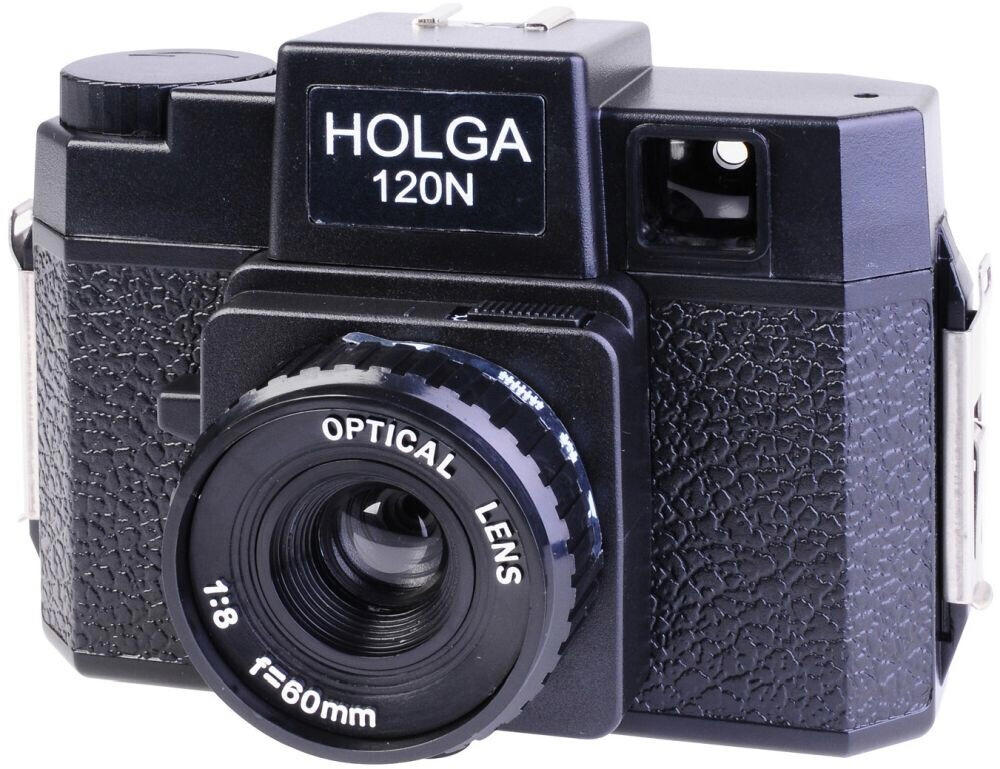
Another segment to consider is compact film cameras. While they may lack interchangeable lenses, some models still deliver impressive sharpness. The Olympus XA2 is a great example of a compact film camera with notable sharpness. Its Zuiko 35mm f/3.5 lens captures impressive details, making it an excellent choice for street photography or casual shooting.
Film speed
It determines the film's sensitivity to light, making it crucial in capturing the desired exposure and film grain. Film speed is measured in ISO, with lower ISO numbers indicating slower film speed and higher ISO numbers indicating faster film speed. For those who prefer fine details and rich color saturation, a lower speed film like the Kodak Ektar 100 or Fujifilm Provia 100F would be ideal. These films produce incredibly sharp images with smooth grain, perfect for capturing landscapes or portraits in optimal lighting conditions. On the other hand, if you're shooting in low light situations or want to freeze fast-moving subjects, films with higher speeds such as Ilford Delta 3200 or Kodak Portra 800 work better. These films offer excellent low-light performance while still retaining exceptional clarity and good color reproduction.


Availability
You want to choose a camera that has a wide range of film options readily accessible. For instance, the Nikon F6 is a professional-grade film camera that offers reliability and versatility. With its Multiple Exposure function and a choice of different shooting modes, this camera provides flexibility to capture various scenes. Another option is the Olympus OM-1, a compact and lightweight camera known for its exceptional manual focus lens system. Its compatibility with a range of films, including popular varieties such as Kodak Portra, Ilford HP5, and Fuji Velvia, ensures you have plentiful choices for creative expression. Remember, picking a camera with a broad selection of film availability will give you more possibilities to capture your preferred aesthetic and style.
Compactness/portability
If you're a photographer who is always on the go or loves to travel, having a camera that is small and lightweight can make a significant difference. It allows you to have the camera with you at all times without feeling burdened.
For those looking for a compact and portable film camera, the Fujifilm Instax Mini 90 Neo Classic Instant Film Camera is an excellent choice. It weighs only 10.4 ounces and has dimensions of 4.5 x 2.25 x 3.7 inches, making it incredibly compact. Another option that offers great portability is the Olympus Trip MD3 Compact Film Camera. Weighing in at just 5.9 ounces and with dimensions of 4.1 x 2.4 x 1.6 inches, it fits easily into any bag or even a pocket. Both cameras provide the convenience of instant film photography with the added bonus of portability, allowing you to capture moments wherever you go.
Durability
Look for a camera body that is built to withstand the test of time, ensuring it can handle the demands of everyday use. A great option to consider is the 'Nikon F3 HP', which features a rugged and sturdy design coupled with exceptional longevity. Its body is crafted from a high-strength titanium alloy, providing resistance against impacts and corrosion. Moreover, the 'Nikon F3 HP' also boasts a reinforced shutter mechanism with a rated lifespan of approximately 150,000 cycles, ensuring it can keep up with your shooting requirements for years to come.
When it comes to lenses, durability is equally important. Opt for lenses that are built with rugged materials, such as metal construction, to endure frequent handling and harsh shooting conditions. One standout lens is the 'Canon EF 50mm f/1.2L USM', which not only delivers superb optical performance but also comes with a weather-sealed construction. This feature helps to protect the lens against dust and moisture, enabling you to shoot in various environments without worrying about damaging your equipment. Additionally, its fluorine coating on the front and rear lens elements repels smudges and makes cleaning easier. For those looking at a more budget-friendly option, the 'Nikkor AI-S 50mm f/1.4' lens offers a durable all-metal construction, providing reliability and longevity at a more affordable price point.
Packaging
The packaging plays a vital role in protecting the film and ensuring its performance. Look for film rolls that come in durable and light-tight packaging, as this will help prevent the film from getting damaged by moisture or light exposure. An excellent example that meets these criteria is the 'Kodak Portra 400 Professional Film'. This color negative film comes in a metal canister that provides reliable protection and helps maintain its sensitivity during storage and handling. Another reliable option is the 'Fujifilm Superia X-TRA 400 Color Film', which features a robust plastic casing that effectively shields the film against external elements. Both these films offer different ISO speeds, vibrant colors and excellent resolution, making them ideal choices for capturing stunning film photographs.



Loading ease
This refers to how easy it is to load the film into the camera without any hassles. For photographers who prefer a hassle-free loading experience, there are several excellent options available. The Nikon FM10 is a manual focus film camera that offers a simple and straightforward film loading process. It has a built-in film winder which makes loading a breeze. Another option is the Canon AE-1 Program, a popular choice among beginners for its convenient film loading mechanism. It features a quick-loading system that ensures the film is properly aligned and ready to shoot in no time.
Rewind ease
The smooth and quick rewinding process allows photographers to swiftly change rolls between shots, thereby avoiding any disruptions and ensuring continuous shooting. Among the cameras that excel in rewind ease are the Nikon FM2n, with its efficient and intuitive rewind lever mechanism and 'faulhaber' micro motor for rewinding, as well as the Canon AE-1 Program, known for its smooth auto wind functionality and hassle-free film rewinding. Other notable options in this category include the Olympus OM-2n, which offers an exceptionally quiet rewind operation, and the Pentax K1000, featuring a large and ergonomic rewind crank for ease of use. With their outstanding rewind ease, these cameras are great choices for photographers who value seamless film handling during their shooting sessions.
Printing options
One popular printing method is through the use of darkroom equipment, commonly used by professional photographers and enthusiasts wanting a hands-on approach to film development. The Chamonix 8×10 view camera offers excellent manual control and compatibility with a wide range of lenses, allowing you to achieve exceptional image quality. For those who prefer a simpler approach, an alternative is to scan your film negatives and print digitally. The Epson Perfection V800 is a high-resolution scanner capable of capturing intricate details, ensuring your digital prints retain the same level of depth and sharpness found in traditional film photography. There are also film labs available that specialize in film development, such as TheFINDlab or DigiPrint. These labs offer a variety of professional printing services, giving you the option to have your film prints professionally crafted with exceptional quality and precision.
Processing options
Film processing plays a crucial role in achieving the desired results for your photographs. There are a few options to consider, such as traditional darkroom processing or modern digital scanning. For those looking for a traditional experience, products like the ILFORD HP5 Plus Black and White Film or Kodak Professional UltraMax Film offer excellent results for darkroom processing. These films exhibit high resolving power and fine grain, allowing for sharp and detailed images. On the other hand, if you prefer the convenience and flexibility of digital processing, films like the Fujifilm Fujicolor Pro 400H or Kodak Professional Portra 400 are designed for excellent scanning fidelity and color accuracy. These films offer a wide exposure latitude and deliver vibrant and natural-looking colors in various lighting conditions.


Developing time
Developing time refers to the amount of time required to process and develop the film after it has been exposed to light. The speed at which the film develops can vary greatly depending on the brand and type of film. If you prefer a faster developing time, look for films that are designed specifically for quick processing. For instance, the ILFORD Delta 3200 Professional Black and White Film is known for its high-speed development, allowing for quick turnaround times. On the other hand, if you enjoy the anticipation and slower pace of traditional film development, there are options available that extend the developing time, such as Kodak Ektar 100 Color Negative Film, known for its vibrant colors and fine grain. Overall, the choice of film should be based on your preference for developing time, whether it be a speedy process or a more time-consuming one.
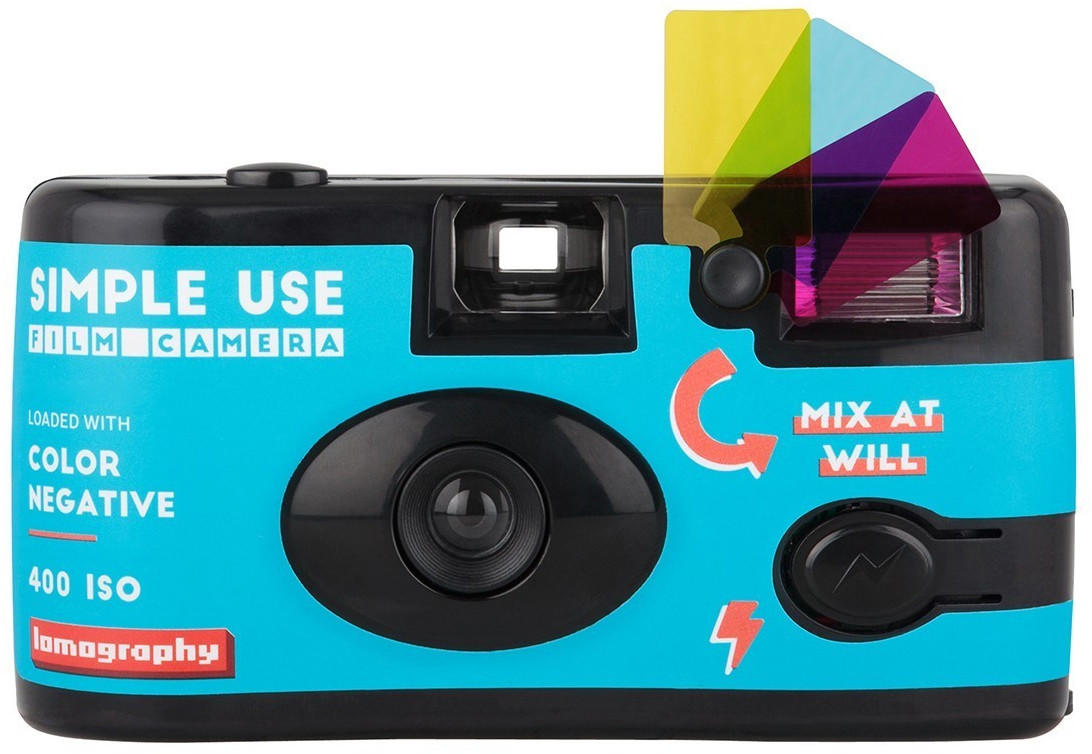
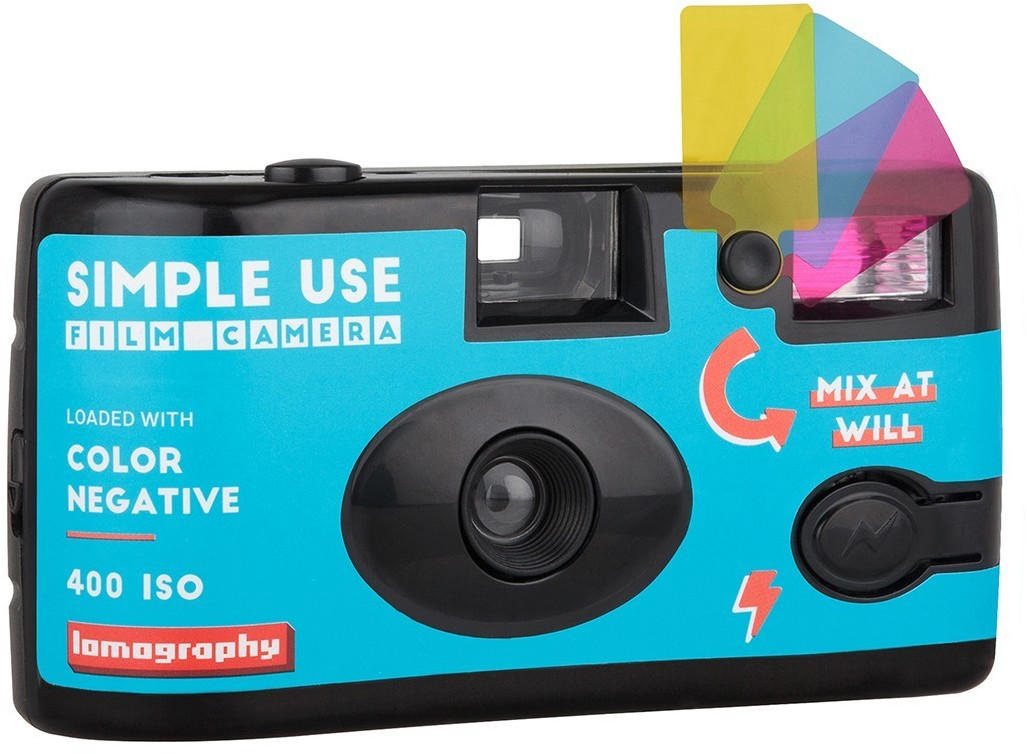
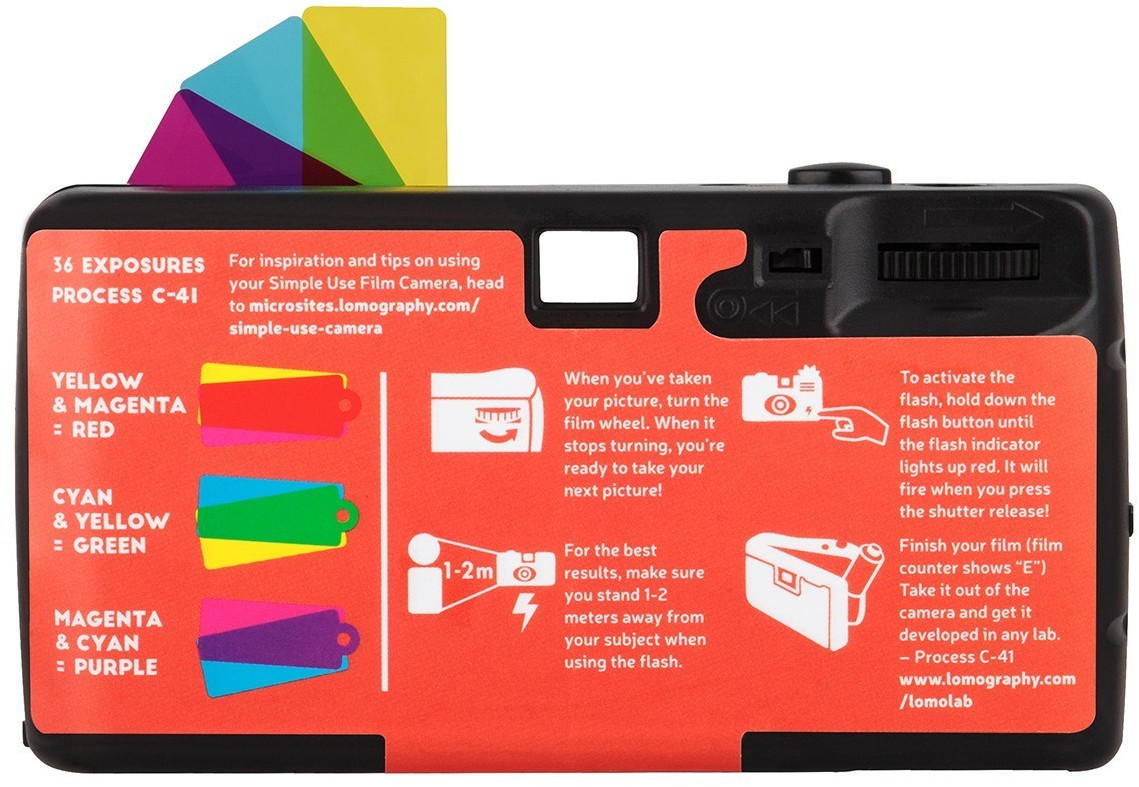
Longevity
It is important to opt for equipment that is built to withstand the test of time, ensuring that you can continue using your gear without the need for frequent replacements. One example of a robust film camera is the Nikon F6. This professional-grade SLR camera is engineered for long-lasting performance, featuring a magnesium-alloy construction that provides exceptional durability. Its shutter module is tested to withstand 150,000 cycles, ensuring that it can handle heavy usage without compromising on functionality. Another option to consider is the Leica MP (Typ 240). Known for its robust build quality, this camera is crafted from brass and provides a mechanical focal-plane shutter that can last for years, enabling photographers to shoot with confidence for longer periods.
For photographers looking for more affordable options, the Olympus OM-1 is worth considering. This compact SLR camera offers a metal chassis and a vertically traveling metal shutter that is built to last. Another budget-friendly choice is the Pentax Spotmatic F. This classic 35mm SLR camera offers a durable design, constructed with a rugged metal body and equipped with a reliable mechanical shutter. Overall, choosing a camera that prioritizes longevity guarantees years of enjoyable and hassle-free film photography experiences.
Filter compatibility
Filters are essential tools used in photography to enhance, balance, or create certain effects in the images. It is important to ensure that the camera you choose is compatible with a wide range of filters available on the market. Many cameras offer a variety of filter thread sizes, such as 49mm, 52mm, or 58mm, which correspond to different filter sizes. Some cameras come with built-in filter systems, allowing you to easily attach and remove filters directly on the lens. For instance, the Nikon F3 film camera provides a filter holder that accommodates 52mm filters, while the Canon AE-1 Program allows you to attach most standard 52mm filters. If you are looking for a more professional camera, the Leica M6 features a built-in, retractable filter holder that accepts 39.5mm screw-mount filters, offering compatibility with a wide range of filter options.
Reciprocity failure
Reciprocity failure refers to the tendency of film to have reduced sensitivity to light under prolonged exposure. This means that as exposure times increase, the film's responsiveness to light decreases, often resulting in underexposed or inconsistent images.
If you will be working with long exposure times, it is crucial to select film that handles reciprocity failure well. One example of such film is the Ilford Delta 400. It boasts a remarkably large exposure latitude, allowing for long exposures without significant loss in image quality. Another option is the Kodak Portra 400, which is renowned for its ability to handle a wide range of lighting situations, including long exposures. Additionally, films like Fuji Provia 100F and Ektar 100 are known for their exceptional color rendition and reliable performance, even in challenging lighting conditions. Overall, it is important to choose film that suits your shooting style and provides excellent results when dealing with reciprocity failure.


Cross-processing potential
Cross-processing is a technique where a film is developed using chemicals intended for a different type of film, resulting in unique and often unpredictable colors and contrasts. For those interested in experimenting with cross-processing, there are several options on the market. One popular choice is Lomography X-Pro 200, which has a high cross-processing potential that delivers vibrant and saturated colors. Another option is Fujifilm Velvia 100F, known for its tendency to produce bold, strongly saturated colors when cross-processed. Additionally, Kodak Elitechrome EBX is a versatile film with excellent cross-processing potential, offering rich and punchy colors.
Push/pull ability
This feature refers to the film's flexibility to handle different lighting conditions by adjusting its sensitivity. In low-light situations, a film with push ability allows you to increase its effective speed or ISO rating to capture more light and finer details. On the other hand, a film with pull ability enables you to decrease its ISO rating, resulting in less sensitivity to light and a smoother appearance in high-contrast scenarios. Some popular examples of films with push/pull ability are the Ilford Delta 3200 black and white film, renowned for its incredibly high sensitivity of ISO 3200, while maintaining a refined grain structure, and the Kodak Ektar 100 color film, which demonstrates great latitude for push and pull processing while still delivering vivid colors and high resolution.
Other film stocks to consider in the field of push/pull ability are listed below:
High-speed black and white films:
- Kodak T-Max P3200: With a nominal speed of ISO 3200, it provides exceptional pushability, enabling shooting under challenging lighting conditions.
Fujifilm Neopan Acros 100ii: While optimized at ISO 100, it can be pushed up to ISO 400 or conveniently pulled down to ISO 64, granting flexibility for different situations.
Color negative films:
Fujicolor PRO 400H: A versatile film suitable for various lighting conditions, it can be pushed up to ISO 800 for low-light situations while maintaining low grain and vibrant colors.Cinestill 800T: Originally developed for motion picture use, it can be pushed up to ISO 3200, allowing excellent performance in low-light environments with its unique tungsten balance.
Special effects options (infrared, redscale, etc.)
If you're looking to experiment with unique and striking special effects in your film photography, there are several options to consider. One such option is infrared film, which produces ethereal and mysterious results by capturing light beyond the visible spectrum. A great choice for this effect is the KODAK PROFESSIONAL BW Infrared Film. Another option is redscale film, which creates a warm and vintage look by exposing the film from the wrong side, resulting in a reversed color palette. For striking redscale effects, give the Lomography Redscale XR 50-200 a try.
In addition to infrared and redscale, there are other unconventional film types available. For those seeking a unique color shift effect, the Lomography X-Pro Slide 200 film offers vibrant and saturated cross-processed results. If you're looking for a film that adds a high contrast and grainy look to your images, the Ilford HP5 Plus Black and White film is a great choice. Lastly, for photographers interested in capturing dreamy and soft focus images, the Holga 120N Camera combined with Ilford Delta 3200 Professional film is a perfect match.



(Note: It is important to consider other factors such as film speed, grain, and versatility when choosing the best film for your specific needs. However, this paragraph only focuses on the special effects options available.)
Reproduction potential (scanning/printing capabilities)
One great option that excels in this area is the Kodak Portra 400. This film is known for its exceptional color reproduction, allowing for vibrant and lifelike images. With a wide exposure latitude, the Kodak Portra 400 can capture both shadows and highlights accurately, resulting in stunning scans and prints. Another impressive choice is the Fujifilm Pro 400H. This film offers excellent skin tone reproduction and provides extremely fine grain, making it ideal for high-resolution scanning and printing. It also has a broad exposure latitude and offers beautiful soft tones, producing breathtaking results when used for scanning and printing. Overall, these films, along with others in the professional film category, offer superior reproduction potential, ensuring that your film images can be easily scanned and printed with outstanding quality.

Bulk options
If you are looking for a bulk film option, there are various products available on the market that can suit your needs. One popular choice is the Ilford HP5 Plus, which is a versatile black and white film known for its wide exposure latitude and fine grain structure. It is available in both 35mm and 120 formats, making it compatible with a wide range of cameras. Another option is the Kodak Portra 400, a professional color negative film that delivers vibrant and true-to-life colors. It is available in 35mm, 120, and large format sizes, providing flexibility for different shooting preferences.
In terms of bulk savings, some films come in larger quantities, allowing you to save more per roll. The Ilford HP5 Plus is available in various bulk options, such as a 100ft roll that can yield up to 18 rolls of 36 exposures each, enabling cost savings for frequent film shooters. The Kodak Tri-X 400 is also available in a bulk load 400ft reel, which can provide up to 36 rolls of 36 exposures each. These bulk options can be particularly beneficial for photographers who shoot in high volumes or prefer economy film stocks. It's important to carefully consider the bulk quantities that best fit your needs to ensure you always have an adequate supply of film at a more affordable price point.



Shelf life
Shelf life refers to the length of time that a film remains usable and retains its quality before it expires. It's important to ensure that you choose film with a sufficient shelf life to prevent any disappointments or loss of precious memories.
Fortunately, there are various film options on the market that offer impressive shelf lives. For example, the Kodak Portra 400 is known for its excellent shelf life, with a stated expiration date of up to 15 years from the date of manufacture. This film is renowned for its professional-quality results, vibrant colors, and fine grain structure. If you're interested in black and white film, Ilford Delta 100 is a great choice, as it boasts a shelf life of up to 20 years. This film offers exceptional sharpness and detail, making it ideal for high-resolution photography.
Other film options with significant shelf lives include Fujifilm Provia 100F, a versatile slide film known for its exceptional color reproduction and long shelf life of up to 10 years. Additionally, Cinestill 800T, a popular film for low-light conditions, has a stated shelf life of up to 12 months.

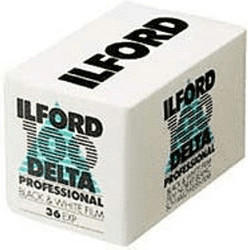

It's worth noting that the actual shelf life can be influenced by various factors, including storage conditions such as temperature and humidity. Properly storing film in a cool and dry environment can help maximize its shelf life. Remember to check the expiration dates and consider how long you anticipate using the film to make an informed decision.
Recycling options
It's crucial to choose a film that can be recycled responsibly, reducing environmental impact. One great example of a film with excellent recycling options is the Kodak Professional Portra 400 Film. It is a color negative film that features a high degree of recycling availability and is compatible with waste-to-energy programs. Another option to consider is the Ilford HP5 Plus Black and White Negative Film. This film is made using a robust quality management system that prioritizes recycling, making it a sustainable choice for environmentally conscious photographers. With both of these options, you can embrace film photography without compromising on eco-friendliness.

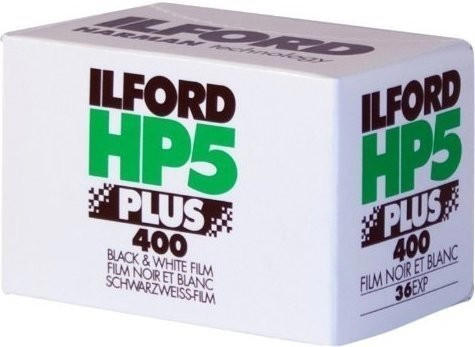
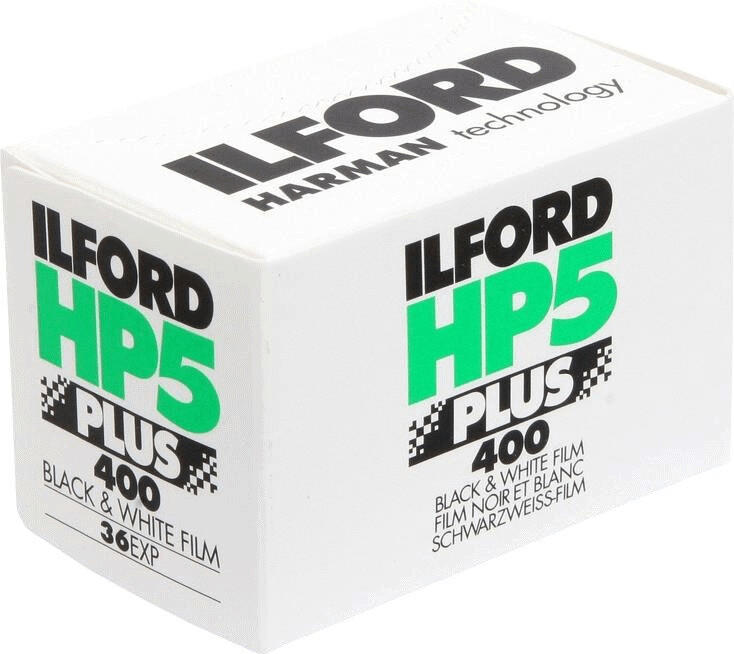
Compatibility with different camera models
Not all film rolls are compatible with every type of camera, so it's crucial to check the specifications of both the camera and film to ensure they are compatible. For example, if you are using a 35mm film camera, you would want to choose film rolls specifically designed for that format, such as the Kodak Professional T-Max Tmax 100 or the Fujifilm Neopan Acros 100. These films are formulated to work efficiently with 35mm film cameras, resulting in optimal image quality and performance. However, if you have a medium format camera, you should be looking at film rolls that are compatible with that specific format, such as the Ilford HP5 Plus or the Fuji Pro 400H. It's important to note that some films are designed for multiple formats, so make sure to double-check the compatibility before making a purchase.



Learning curve.
Some cameras are more suitable for beginners, offering simple controls and user-friendly interfaces, while others may require more technical knowledge and practice. For those new to film photography, options like the Canon AE-1 Program or the Nikon F80 are fantastic choices. These cameras feature automatic modes for easy shooting, while still allowing users to learn and experiment with manual control settings. On the other hand, for those who are already familiar with film photography and want a more advanced camera, the Leica M-A or the Pentax 67 are excellent options. These cameras do not have any automatic modes and require the user to manually set the aperture and shutter speed, offering a greater level of control and flexibility. Regardless of your skill level, it's important to choose a camera with a learning curve that matches your comfort level and desire to learn and improve in film photography.
Price
Film cameras vary in cost depending on the type, brand, and features. Beginners or those on a tight budget can consider the Olympus OM-1, a popular option among film enthusiasts due to its affordable price tag, lightweight body, and excellent build quality. It features a manual exposure mode, a built-in light meter, and compatibility with a wide range of lenses, providing versatility without breaking the bank.
For individuals seeking a mid-range option with advanced features, the Nikon F3 is a reliable and reputable choice. It offers automatic exposure modes, high shutter speeds, interchangeable viewfinders, and a rugged metal body construction that ensures durability. Although a bit more expensive than other options, its reliability and performance make it a worthwhile investment for serious photographers.
On the higher end of the price spectrum, professional film photographers may opt for a Leica M-A. This precision-engineered camera offers a purely mechanical operation, exceptional image quality, and a timeless design. While it bears a hefty price tag, it enforces a strong commitment to the art of film photography, guaranteeing unparalleled craftsmanship and attention to detail.
By considering price as a deciding factor, one can find the best and right film photography camera that aligns with their budget and requirements. Remember to weigh the cost against other crucial aspects, such as image quality, lens compatibility, and ease of use, to obtain the most suitable camera for your needs.
Variety of brands
When it comes to film photography, there are a variety of brands available in the market, each with its own pros and cons. One popular brand is Fujifilm, known for its exceptional color reproduction and wide range of film varieties. Their Fujicolor Pro 400H film, for example, offers a fine grain structure, high sharpness, and excellent skin tone reproduction.
Another trusted brand is Kodak, which has been in the photography business for over a century. Their Portra 400 film is a favorite among portrait photographers for its natural skin tones and excellent latitude. Additionally, Kodak offers the legendary black and white film, Tri-X 400, known for its fine grain and rich contrast.
It is important to note that different brands have distinct characteristics, with some offering specific films for certain artistic effects. For example, Ilford is known for its wide range of black and white films, like the Hp5 Plus which produces high-quality prints with rich tonal variations.



In summary, the variety of film photography brands available allows photographers to choose based on their specific requirements. Whether it's outstanding color reproduction, fine-grain structure, or different artistic effects, there is a brand that caters to every photographer's needs.